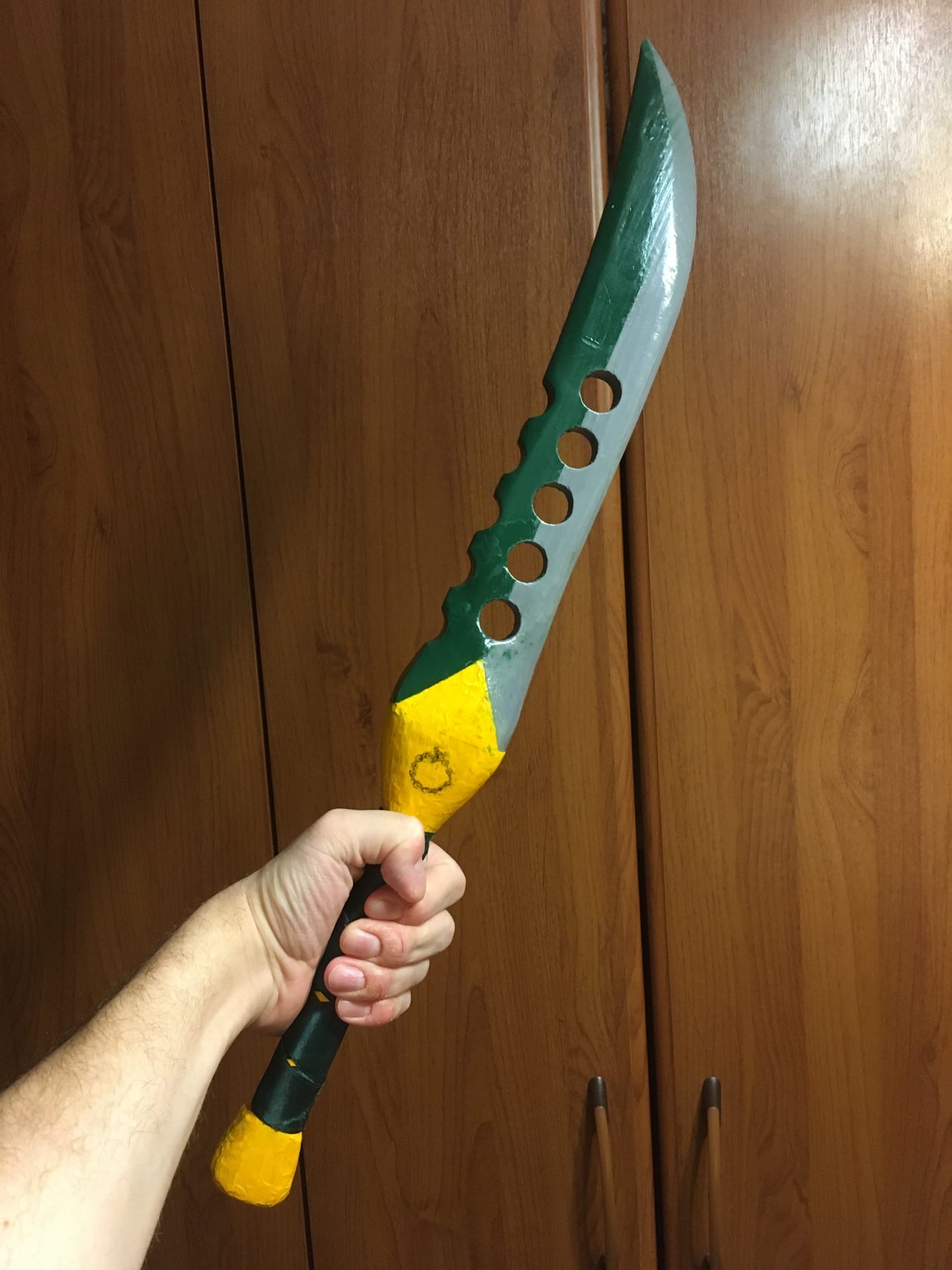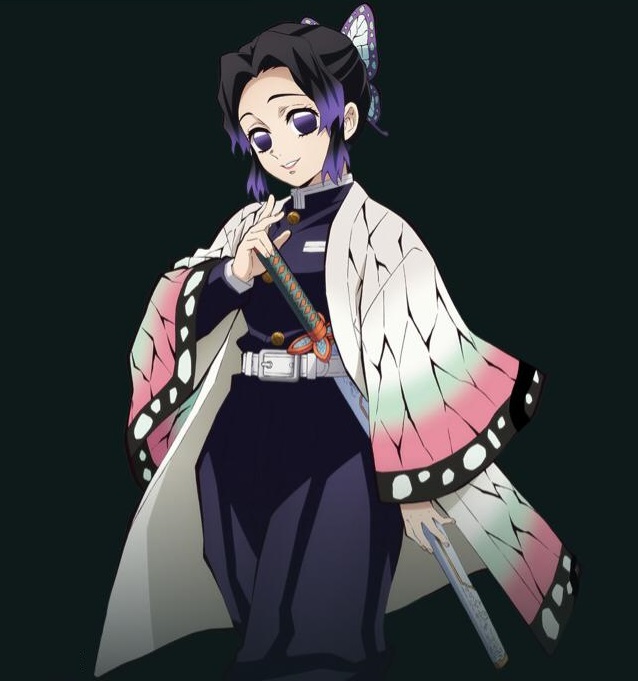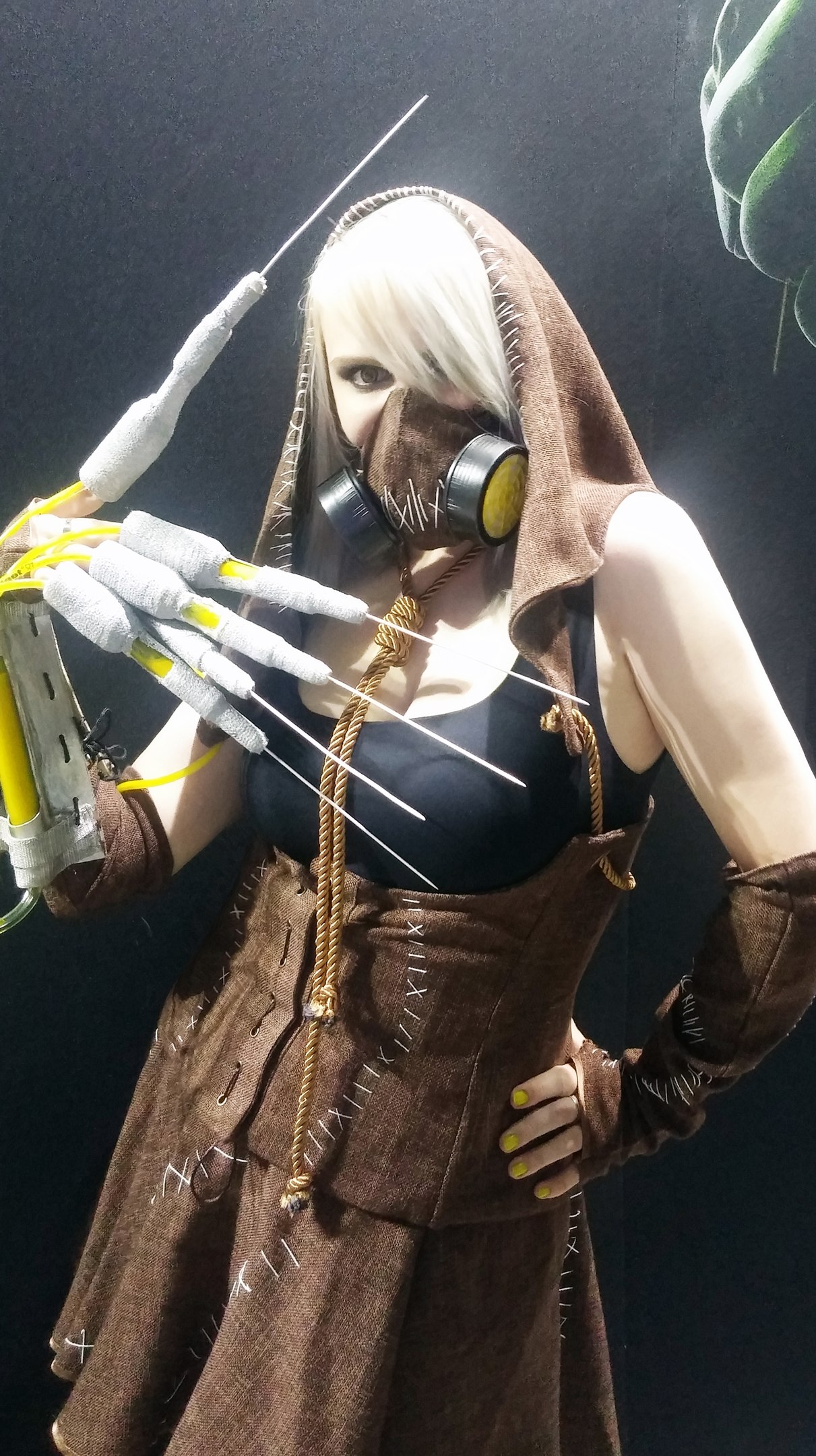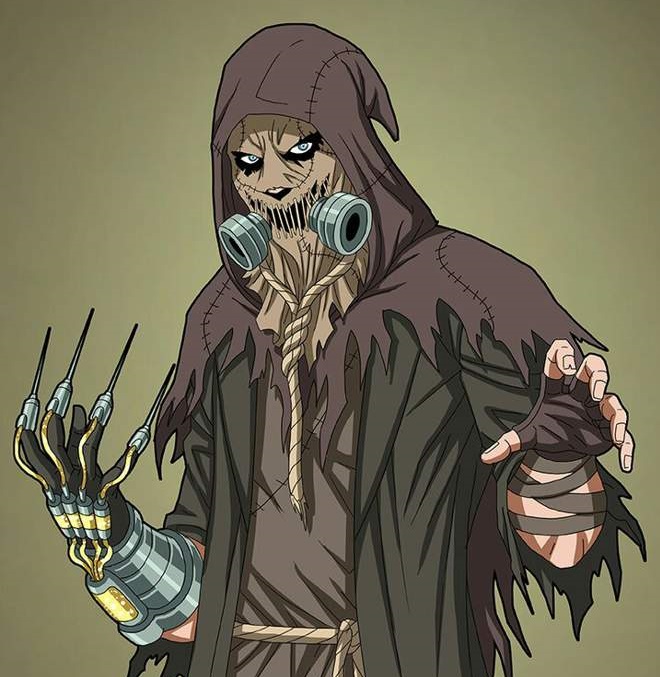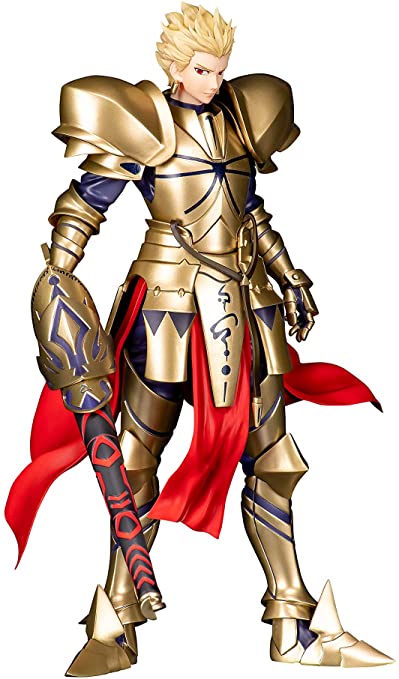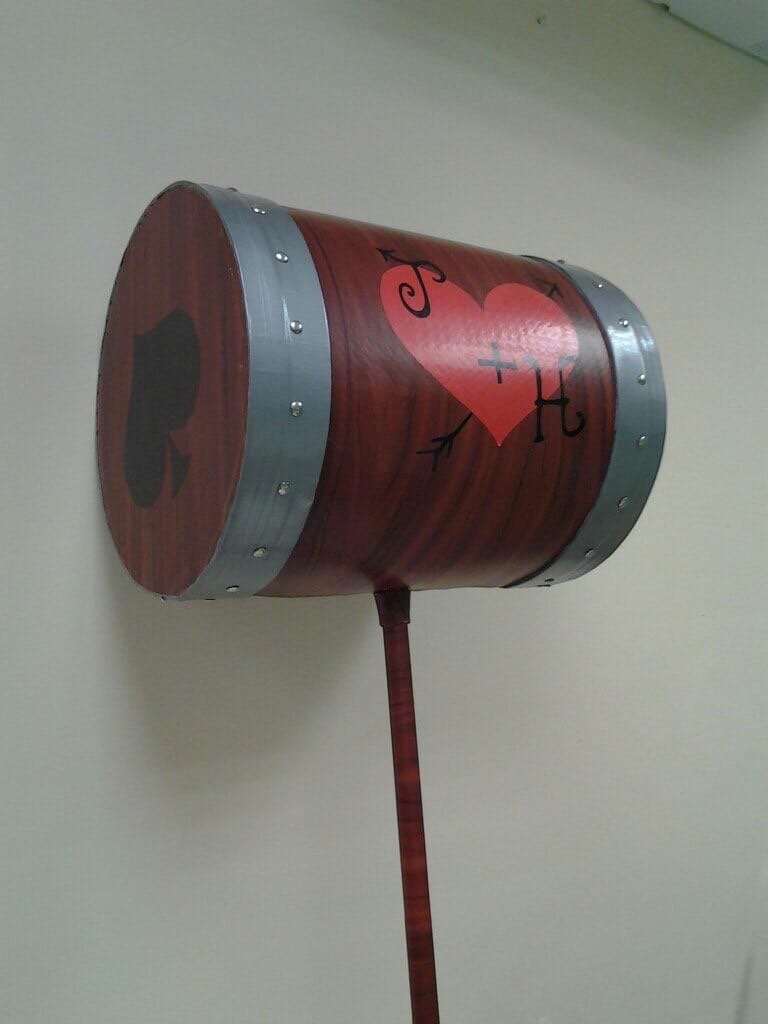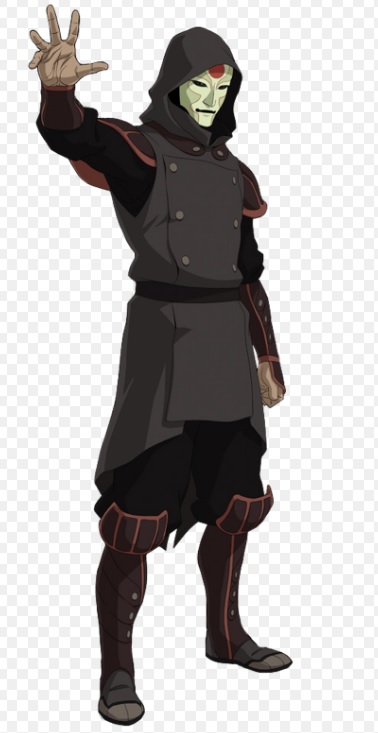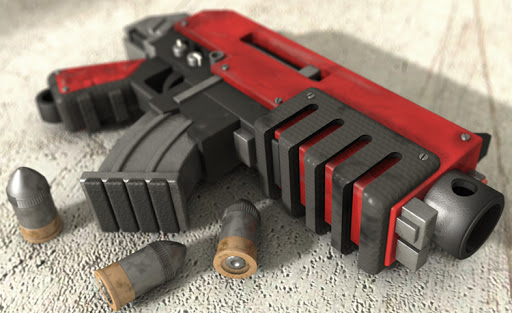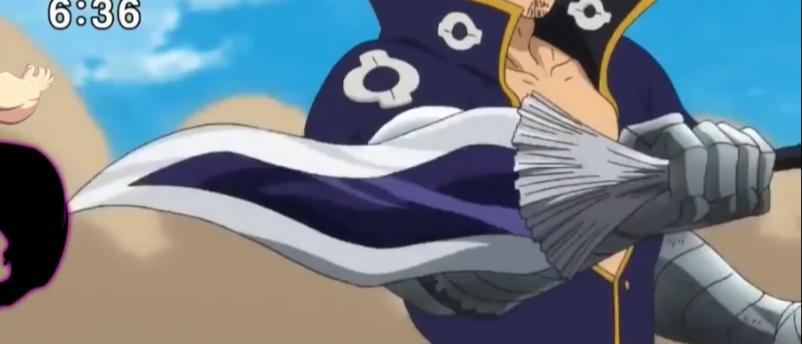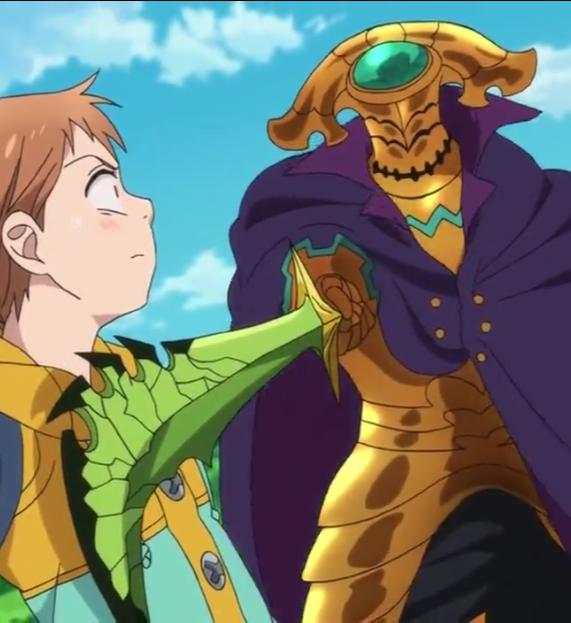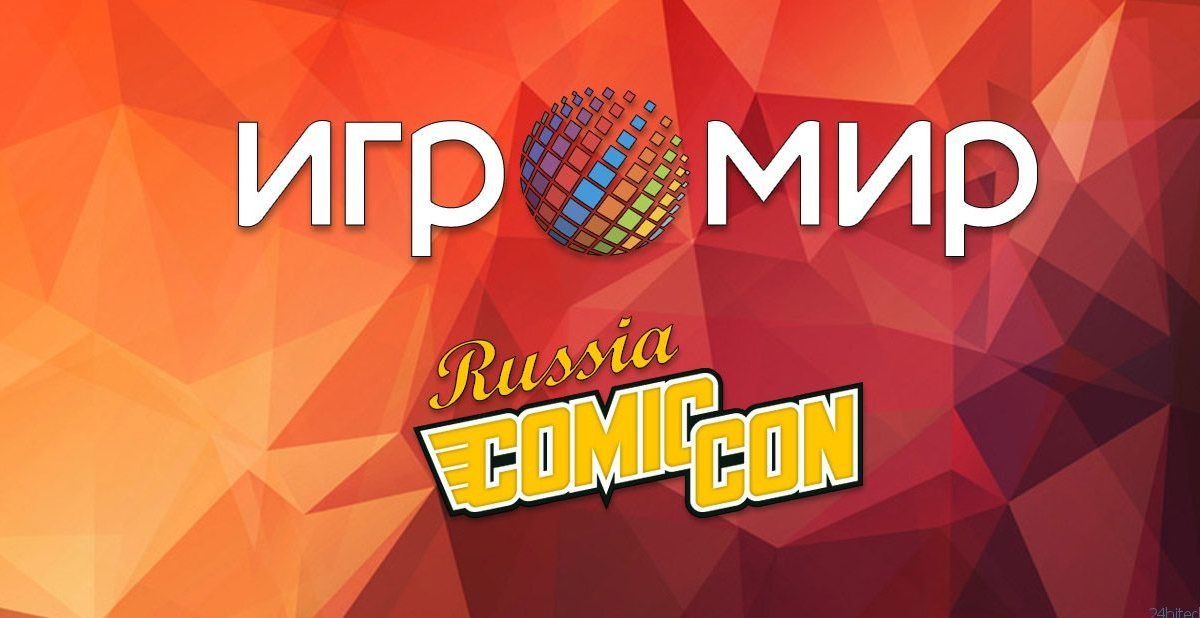Pre-20th century
Main articles: Masquerade ball, Halloween, and Costume party Masquerade balls were a feature of the Carnival season in the 15th century, and involved increasingly elaborate allegorical Royal Entries, pageants, and triumphal processions celebrating marriages and other dynastic events of late medieval court life. They were extended into costumed public festivities in Italy during the 16th century Renaissance, generally elaborate dances held for members of the upper classes, which were particularly popular in Venice.
Costume parties (American English) or fancy dress parties (British English) were popular from the 19th century onwards. Costuming guides of the period, such as Samuel Miller's Male Character Costumes (1884) or Ardern Holt's Fancy Dresses Described (1887), feature mostly generic costumes, whether that be period costumes, national costumes, objects or abstract concepts such as "Autumn" or "Night". Most specific costumes described therein are for historical figures although some are sourced from fiction, like The Three Musketeers or Shakespeare characters.
Fan costuming
A Mr. Skygack – an early modern costuming or cosplay outfit, Washington state, 1912A.D. Condo's science fiction comic strip character Mr. Skygack, from Mars (a Martian ethnographer who comically misunderstands many Earthly affairs) is arguably the first fictional character that people emulated by wearing costumes, as in 1908 Mr. and Mrs. William Fell of Cincinnati, Ohio are reported to have attended a masquerade at a skating rink wearing Mr. Skygack and Miss Dillpickles costumes. Later, in 1910, an unnamed woman won first prize at masquerade ball in Tacoma, Washington wearing another Skygack costume.
The first people to wear costumes to attend a convention were science fiction fans Forrest J Ackerman and Myrtle R. Douglas, known in fandom as Morojo. They attended the 1939 1st World Science Fiction Convention (Nycon or 1st Worldcon) in the Caravan Hall, New York, USA dressed in "futuristicostumes", including green cape and breeches, based on the pulp magazine artwork of Frank R. Paul and the 1936 film Things to Come, designed and created by Douglas. Ackerman later stated that he thought everyone was supposed to wear a costume at a science fiction convention, although only he and Douglas did.
Fan costuming caught on, however, and the 2nd Worldcon (1940) had both an unofficial masquerade held in Douglas' room and an official masquerade as part of the programme. David Kyle won the masquerade wearing a Ming the Merciless costume created by Leslie Perri, while Robert A. W. Lowndes received second place with a Bar Senestro costume (from the novel The Blind Spot by Austin Hall and Homer Eon Flint). Other costumed attendees included guest of honor E. E. Smith as Northwest Smith (from C. L. Moore's series of short stories) and both Ackerman and Douglas wearing their futuristicostumes again. Masquerades and costume balls continued to be part of World Science Fiction Convention tradition thereafter. Early Worldcon masquerade balls featured a band, dancing, food and drinks. Contestants either walked across a stage or a cleared area of the dance floor.
Ackerman wore a "Hunchbackerman of Notre Dame" costume to the 3rd Worldcon (1941), which included a mask designed and created by Ray Harryhausen, but soon stopped wearing costumes to conventions. Douglas wore an Akka costume (from A. Merritt's novel The Moon Pool), the mask again made by Harryhausen, to the 3rd Worldcon and a Snake Mother costume (another Merritt costume, from The Snake Mother) to the 4th Worldcon (1946). Terminology was yet unsettled; the 1944 edition of Jack Speer's Fancyclopedia used the term costume party.
Photograph of five people standing together in costume Costuming at the 1982 San Diego Comic-Con. Rules governing costumes became established in response to specific costumes and costuming trends. The first nude contestant at a Worldcon masquerade was in 1952; but the height of this trend was in the 1970s and early 1980s, with a few every year. This eventually led to "No Costume is No Costume" rule, which banned full nudity, although partial nudity was still allowed as long as it was a legitimate representation of the character. Mike Resnick describes the best of the nude costumes as Kris Lundi wearing a harpy costume to the 32nd Worldcon (1974) (she received an honorable mention in the competition). Another costume that instigated a rule change was an attendee at the 20th Worldcon (1962) whose blaster prop fired a jet of real flame; which led to fire being banned. At the 30th WorldCon (1972), artist Scott Shaw wore a costume composed largely of peanut butter to represent his own underground comix character called "The Turd". The peanut butter rubbed off, doing damage to soft furnishings and other peoples' costumes, and then began to go rancid under the heat of the lighting. Food, odious, and messy substances were banned as costume elements after that event.
Costuming spread with the science fiction conventions and the interaction of fandom. The earliest known instance of costuming at a convention in the United Kingdom was at the London Science Fiction Convention (1953) but this was only as part of a play. However, members of the Liverpool Science Fantasy Society attended the 1st Cytricon (1955), in Kettering, wearing costumes and continued to do so in subsequent years. The 15th Worldcon (1957) brought the first official convention masquerade to the UK. The 1960 Eastercon in London may have been the first British-based convention to hold an official fancy dress party as part of its programme. The joint winners were Ethel Lindsay and Ina Shorrock as two of the titular witches from the novel The Witches of Karres by James H. Schmitz.
Star Trek conventions began in 1969 and major conventions began in 1972 and they have featured cosplay throughout.
In Japan, costuming at conventions was a fan activity from at least the 1970s, especially after the launch of the Comiket convention in December 1975. Costuming at this time was known as kasou (仮装). The first documented case of costuming at a fan event in Japan was at Ashinocon (1978), in Hakone, at which future science fiction critic Mari Kotani wore a costume based on the cover art for Edgar Rice Burroughs' novel A Fighting Man of Mars. In an interview Kotani states that there were about twenty costumed attendees at the convention's costume party—made up of members of her Triton of the Sea fan club and Kansai Entertainers (関西芸人, Kansai Geinin), antecedent of the Gainax anime studio—with most attendees in ordinary clothing. One of the Kansai group, an unnamed friend of Yasuhiro Takeda, wore an impromptu Tusken Raider costume (from the film Star Wars) made from one of the host-hotel's rolls of toilet paper. Costume contests became a permanent part of the Nihon SF Taikai conventions from Tokon VII in 1980.
Possibly the first costume contest held at a comic book convention was at the 1st Academy Con held at Broadway Central Hotel, New York in August 1965. Roy Thomas, future editor-in-chief of Marvel Comics but then just transitioning from a fanzine editor to a professional comic book writer, attended in a Plastic Man costume.
The first Masquerade Ball held at San Diego Comic-Con was in 1974 during the convention's 6th event. Voice actress June Foray was the master of ceremonies. Future scream queen Brinke Stevens won first place wearing a Vampirella costume. Forrest J Ackerman, the creator of Vampirella, was in attendance and posed with Stevens for photographs. They became friends and, according to Stevens "Forry and his wife, Wendayne, soon became like my god parents." Photographer Dan Golden saw a photograph of Stevens in the Vampirella costume while visiting Ackerman's house, leading to him hiring her for a non-speaking role in her first student film, Zyzak is King (1980), and later photographing her for the cover of the first issue of Femme Fatales (1992). Stevens attributes these events to launching her acting career.
As early as a year after the 1975 release of The Rocky Horror Picture Show, audience members began dressing as characters from the movie and role-playing (although the initial incentive for dressing-up was free admission) in often highly accurate costumes.
Costume-Con, a convention dedicated to costuming, was first held in January 1983. The International Costumers Guild, originally known as the Greater Columbia Fantasy Costumer's Guild, was launched after the 3rd Costume-Con (1985) as a parent organization and to support costuming.
Cosplay
Cosplay is the practice of dressing up as a character from a movie, book, or video game, especially one from the Japanese genres of manga and anime. Cosplay started in 1984, Nobuyuki Takahashi, founder of Studio Hard, attended the 42nd Worldcon in Los Angeles. He was impressed with the masquerade and reported on it in My Anime, coining the term kosupure (from which cosplay is derived) in the process. The term "cosplay" was coined in Japan in 1984, meaning "costume" and "play". Cosplay is very popular among all genders. It was inspired by and grew out of the practice of fan costuming at science fiction conventions, beginning with Morojo's "futuristicostumes" created for the 1st World Science Fiction Convention in New York City in 1939.
As stated above, costuming had been a fan activity in Japan from the 1970s, and it became much more popular in the wake of Takahashi's report. The new term did not catch on immediately, however. It was a year or two after the article was published before it was in common use among fans at conventions. It was in the 1990s, after exposure on television and in magazines, that the term and practice of cosplaying became common knowledge in Japan.
The first cosplay cafés appeared in the Akihabara area of Tokyo in the late 1990s. A temporary maid café was set up at the Tokyo Character Collection event in August 1998 to promote the video game Welcome to Pia Carrot 2 (1997). An occasional Pia Carrot Restaurant was held at the shop Gamers in Akihabara in the years up to 2000. Being linked to specific intellectual properties limited the lifespan of these cafés, which was solved by using generic maids, leading to the first permanent establishment, Cure Maid Café, which opened in March 2001.
The first World Cosplay Summit was held on October 12, 2003 at the Rose Court Hotel in Nagoya, Japan, with five cosplayers invited from Germany, France and Italy. There was no contest until 2005, when the World Cosplay Championship began. The first winners were the Italian team of Giorgia Vecchini, Francesca Dani and Emilia Fata Livia.
Worldcon masquerade attendance peaked in the 1980s and started to fall thereafter. This trend was reversed when the concept of cosplay was re-imported from Japan.
